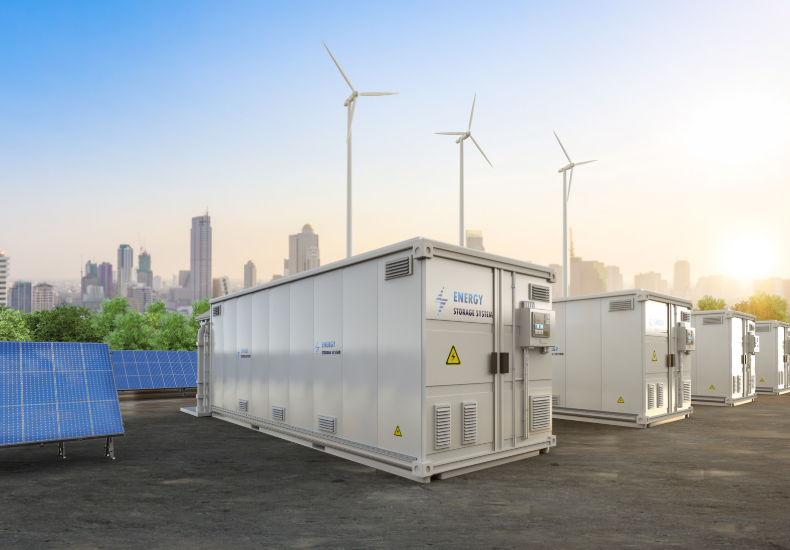The state of Texas is witnessing a significant shift in its energy landscape with the integration of energy storage systems. These systems are proving to be a game-changer, offering substantial cost savings and enhancing the reliability of the power grid.
One of the primary benefits of energy storage systems is their ability to offer cost savings. By storing energy when demand is low and releasing it during peak periods, these systems help balance supply and demand effectively. This capability reduces the need for expensive peaker plants, which are typically used during times of high demand. Consequently, energy providers can cut operational costs and pass those savings onto consumers.
Energy storage systems also play a crucial role in improving the reliability of the energy grid. Texas, known for its dramatic weather changes, can experience sudden spikes in energy demand. Storage systems act as a buffer, ensuring that there’s a steady supply of electricity even during unexpected surges. This leads to fewer blackouts and more stable power delivery.
Beyond cost and reliability, energy storage systems contribute to environmental sustainability. These systems support the integration of renewable energy sources like wind and solar, which are abundant in Texas. By smoothing out the supply from these intermittent sources, storage systems help reduce reliance on fossil fuels.
Stay updated on the latest in energy! Follow us on LinkedIn, Facebook, and X for real-time news and insights. Don’t miss out on exclusive interviews and webinars—subscribe to our YouTube channel today! Join our community and be part of the conversation shaping the future of energy.





